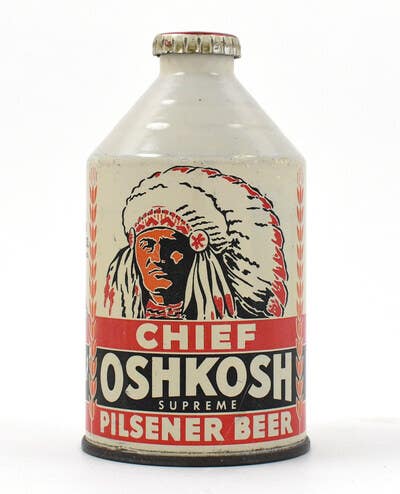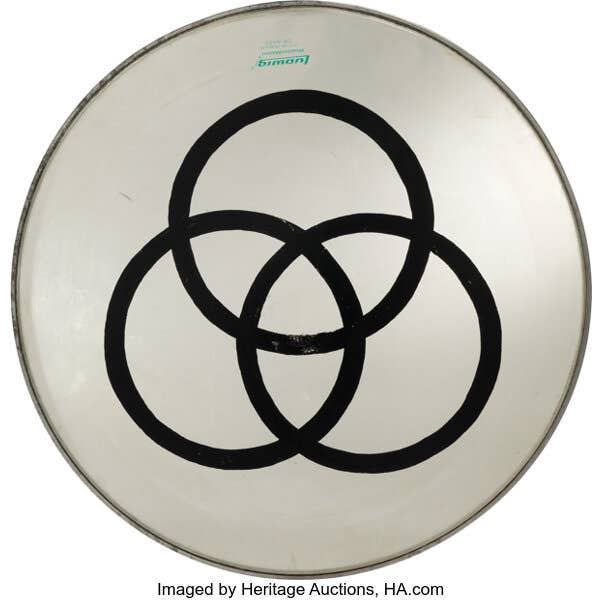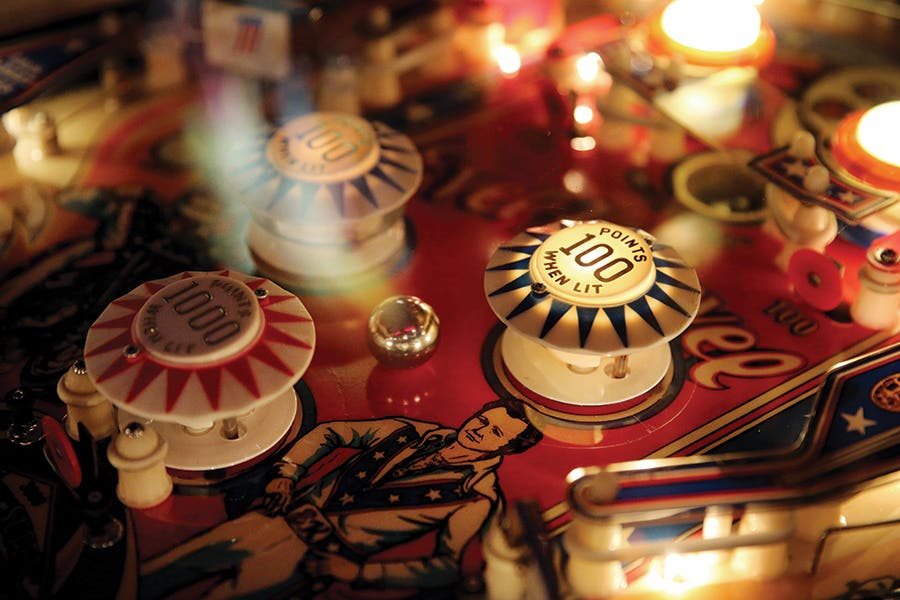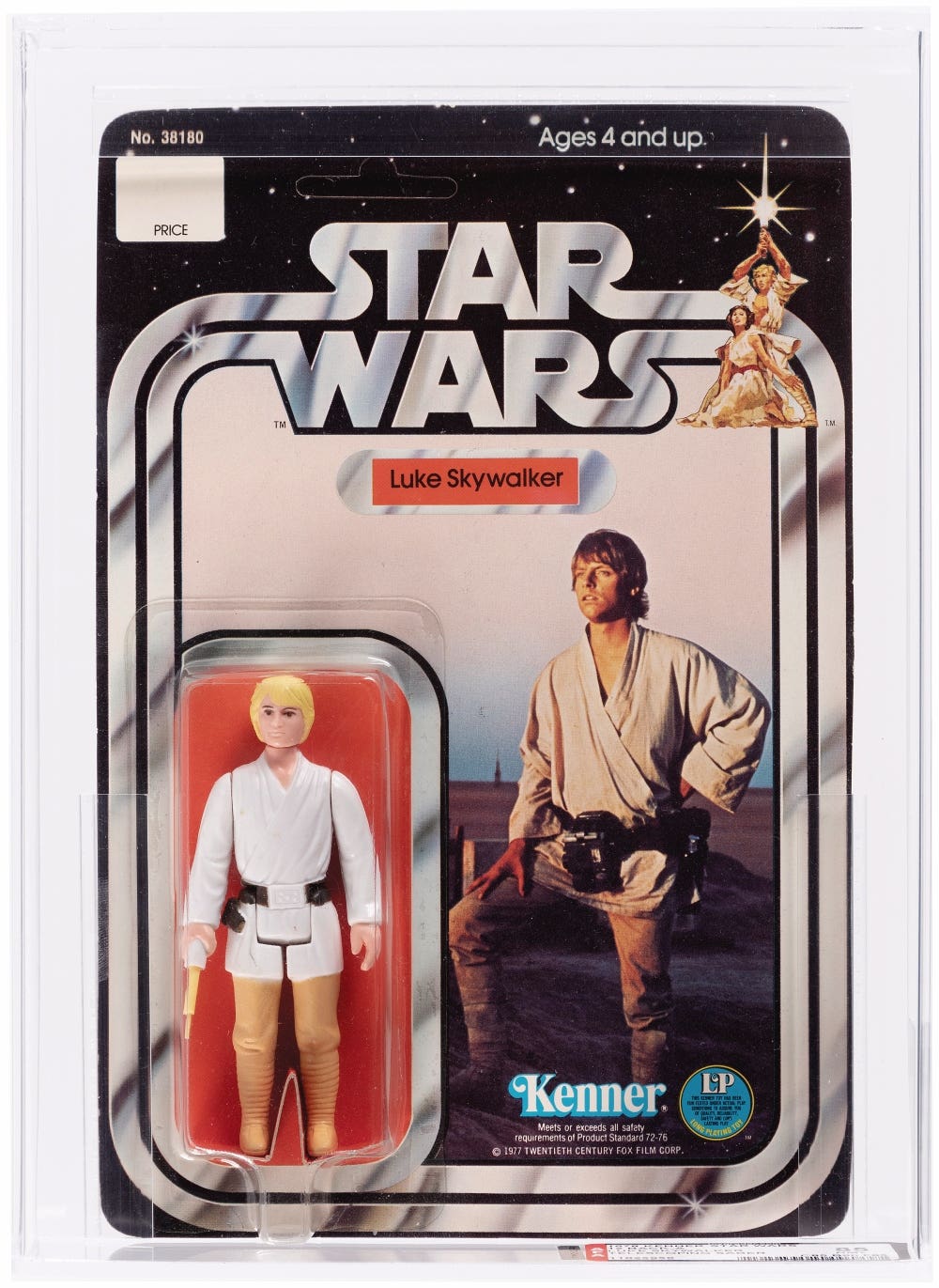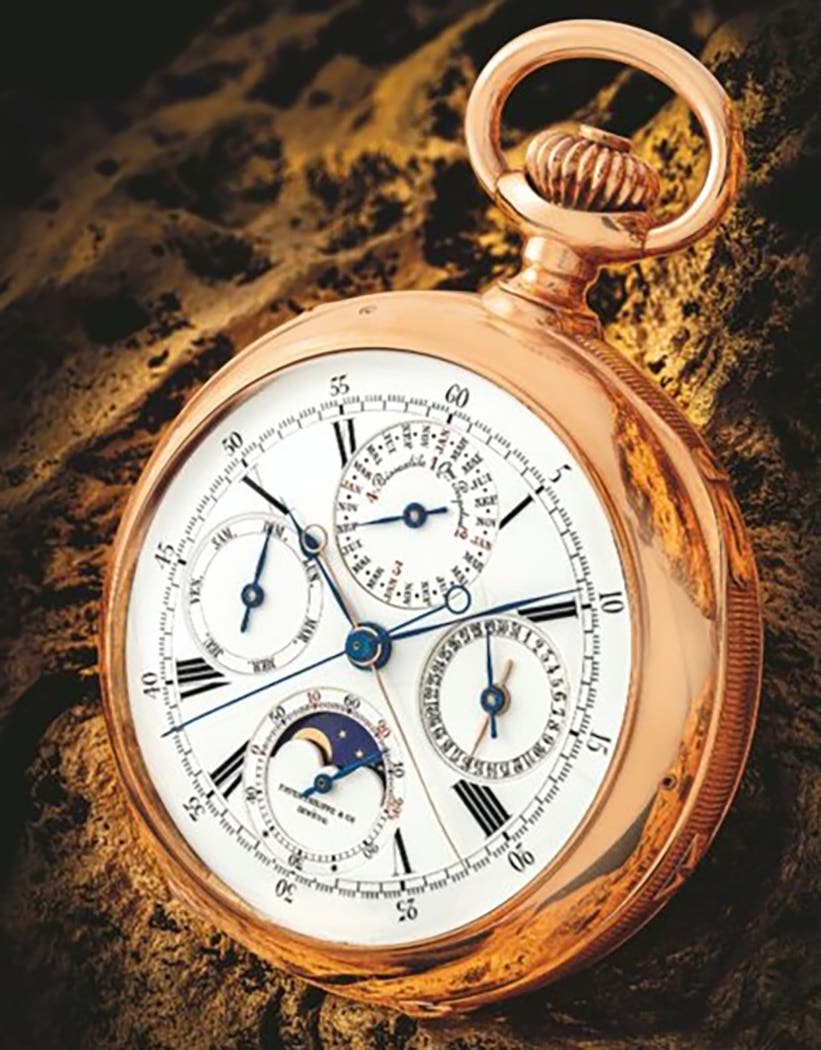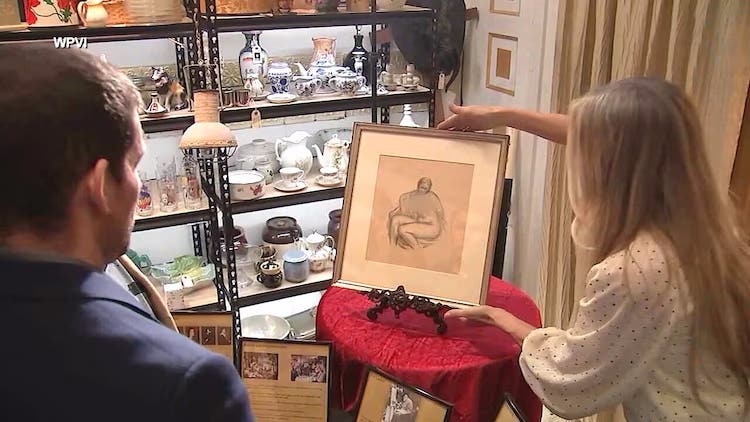Collecting Vintage Video Games The Next BIG THING
Soaring growth in the vintage video game market is resulting in a flurry of record-breaking auction sales, a trend that could be the new norm.
On November 20, 2020, a sealed, in-box, Wata-graded 9.2 A+ copy of Super Mario Bros. 3 sold at Heritage Auctions in Dallas for a mind-boggling $156,000, becoming the highest price ever realized at auction for a video game.
Likely the preceding sentence raised a couple of questions:
Someone paid what?
Highest price for a video game?
Wata-graded?
I had no idea this was even a thing. When did this happen?
Here’s the kicker: The $156,000 price realized at Heritage in November was the second time in the now-gratefully-gone year 2020 that a record price was realized for a video game. The first time it was late July when a rare, sealed in-box copy of Super Mario Bros. brought $114,000 at auction. If anything, the summer sale brought greater notoriety and widespread media attention than November’s mind-boggling price.
“Nothing short of incredible,” said Heritage Auctions Director of Video Games, Valarie McLeckie, a lifelong gamer and collector. “I have never once doubted the potential of this market, but I don’t think anyone would have thought it would develop to this degree as quickly as it has.”
The head-scratching and soul-searching in the collectibles industry that has followed these prices – not to mention the $408,000 price tag that accompanied a Pokémon First Edition Base Set Sealed Booster Box in January, also at Heritage – would seem to add credence to McLeckie’s assertion about the development of the sector. No one would have suspected it, that is, except some astute folks like McLeckie, the gamers, traders and collectors who have been dealing in sealed games for a good decade or two now. Don’t forget a few smart and organized people like Deniz Kahn, founder/president of Wata Games in Denver, the recognized grading authority in the collectible niche of Video Game Collecting.
By examining Kahn and Wata Games (the name Wata comes from martial artist Bruce Lee’s philosophy that a person should be adaptive, grow and change – “be like water”) we get the answers to the last two questions four paragraphs ago. Beyond that, we also get a look at how the hobby itself actually became a hobby itself. The story is one that’s uniquely 21st century: a combination of tech, accelerated growth, good old-fashioned market building, hard work and just a bit of speculation.
Kahn grew up in a collecting family. His father was into comic books. While he bought and sold games via various web platforms and forums since he was a teenager, by 2007 he was fully into the buying, selling and collecting side. To hear him tell it, though, he’s always had the collecting gene and his turn into the president of a game-grading company was a natural evolution.
“I’ve been collecting any and everything since I was a small kid,” Kahn said via a Zoom interview. “I also grew up with video games. They were a big part of my development.”
RELATED CONTENT: Super Mario Bros. Video Game Sells for $1.56 million
Growing up in a collecting family, Kahn learned to think like a collector, to recognize the value in Pop Culture artifacts that were both nostalgic and intertwined with the daily life of people all over the world. When viewed through the lens of Kahn and his co-founders at Wata Games – luminaries from grading services in the two most important collectibles categories, Coins and Comics – nothing like Video Games has ever existed before in the way they have simply seeped into almost every aspect of our lives and the way they matter to multiple generations.
“Video games have become a legitimate form of art and history,” said Kahn. “Relevance of the game to Pop Culture is paramount.”
Once in college, Kahn applied his passion to business and saw the market he loved from a different perspective. He saw that everyone he dealt with had the same base nostalgic response. It was clear the games were extremely collectible, but it wasn’t clear why they weren’t more mainstream.
As with so many categories of collecting, he saw that there were multiple barriers to entry preventing people getting in. The most important thing missing was legitimacy. All the things necessary to create a stable base of prices, condition descriptions and a census of game population were there. The hobby just needed reliable third party grading. Wata stepped in, quickly aligned with Heritage Auctions and the hobby elevated, maturing quickly.
Collectibles like Comics and Coins evolved over time, decades, and by the time grading standards and companies came into existence, were practically begging for certification. There was no such process for Video Games.
Much like the era that largely produced the games and games systems themselves, its ascendance and validation by collectors has been meteoric, precise, 100% forged from the lessons of the past and then turned into actionable data that all points to a boom market. Both Wata and Heritage saw this and seized the moment.
As there is in so many other collectibles markets right now – think Art, Coins and Comics, especially – there is a speculative aspect creeping into Video Games, as well, in that there are groups of investors pooling funds to invest in shares of certain collectibles. This is not new, but it does not always make for a level playing field at the top and can lead to a touch of irrational exuberance. Only time will tell if the prices we’re seeing today are realistic in the long-term. There can be no doubt that the tried and true collector of video games, those that have been at it since before they knew a market was forming, are a passionate and inspired bunch.
“Most of the buyers are in their late 30s to early 40s,” said Kahn. “While we’re starting to see some fractional ownership groups, and historically there’s somewhat of an investor mindset here, at the end of the day it’s such a fun collectible that it’s easy for people to jump on the bandwagon.”
This brings us to the $156,000 Super Mario Bros. 3 record-setting game. It ticked all the boxes you want to see in any great collectible: Population Rarity, Condition Rarity and relevance to history of the category. The key to this particular copy is that the “Bros.” is formatted to the left on the box front. Much like the slightest variation in sports cards or comic books can change both the grade and the value, it all lined up perfectly for this one. (See story below)
All this begs the question of what the future will bring for Video Games as a high-end collectible. Viewed objectively, it’s hard not to say that its importance will only grow:
The market and the collecting base is young, which is good, and they will all want to diversify collectibles as they grow in age and wisdom, which is also good. Video games are certainly not going to go away and more and more are the most dominate form of Pop Culture entertainment.
During the pandemic, video games have emerged as a bigger industry than movies and North American sports combined. Global gaming sales rose to almost $180 billion in 2020.
Not only that, more collectors will likely enter the market as more games and game systems get legitimized and enter the population. Think Atari 2600, Intellivision, Colecovision, Playstation and Xbox. Premium, rare, sealed in-box games of important titles will show up eventually, be graded and collectors with a connection to them will flood in.
“Sealed games, especially those in pristine condition, will pretty much always be popular with collectors,” said McLeckie. “I see a lot of growth potential for the market in high-grade complete in box games.”
When it comes to the top games there are still holy grails out there – Heritage’s McLeckie and Kahn both agreed that a sealed, in-box, matte sticker first printing of Super Mario Bros. would be the ultimate – but likely they just don’t exist, which makes those that get close even more important to collectors.
“You can’t buy printing presses and re-create this stuff,” said Kahn. “Sure, we’ve seen hordes over the years here and there, but the market is largely fixed or experiences rare increases in increments.”
Taken altogether, it all seems to add up to a remarkably stable, well-considered and transparent market. Collectors and industry-watchers would disregard its rise dismiss its success at their own peril.
“At the end of the day,” said Kahn, “it comes down to this: video games resonate with collectors of all types. Video games are a shared experience everyone has.”
It’s precisely that shared experience that ultimately confers cultural and monetary value on a collectible. It only takes two people to agree an item has that kind of significance and in the case of video games we now know there are thousands willing to do so. In a decade do not be surprised if the $156,000 price realized for that Super Mario Bros. 3 looks like a steal.
WHAT'S SO SPECIAL ABOUT THE SUPER MARIO BROS. 3 VIDEO GAME?
Valarie McLeckie, Director of Video Games at Heritage Auctions, gets her geek on, explaining what’s so special about on the record setting Mario Bros. 3. You'll want to take notes.
“Those outside the collecting community may be surprised to find that many games for the Nintendo Entertainment System had package variants,” McLeckie said. “In fact, there are more than ten different variations of Super Mario Bros.! Each variation signifies the window of time in which a particular copy was produced, and some variations are considered rarer or more valuable than others.
“I’ll start with the first game to break the world record [in 2020]; the Wata 9.4 A+ copy of Super Mario Bros. that sold for an all-in price of $114,000 in our July Signature Auction. What made this specific copy special, aside from the fact that it was still factory sealed, was its perforated cardboard hang tab underneath its plastic seal. Nintendo’s earliest games produced for the U.S. test had these hang tabs before plastic was used to seal each game. However, the addition of the plastic wrap came before the box-cutting die was altered to remove the cardboard hang tab. Sealed copies of these cardboard hang tab variants are some of the earliest copies one could hope to find, and their rarity in this condition can’t be understated.
“Similarly, the variant of the Wata 9.2 A+ copy of Super Mario Bros. 3 that broke the previous world record in our November Signature Auction that sold for $156,000 is what makes it incredibly special.
“This copy has the “Bros.” in the title formatted to the left on the front of the box, rather than the right (above Mario’s glove). While it may seem like a fairly small difference, in actuality, one has to consider “Left Bros.” copies like this one in an entirely different league from its “Right Bros.” counterpart.
“Copies with “Bros.” on the left are effectively from the first production of the title. While there are a number of “Right Bros.” copies out there, some collectors I have spoken with have told me that they have sought after a sealed “Left Bros.” copy in any condition for many years and, despite their best efforts, haven’t been able to find one.”
The former editor of Antique Trader and past Public Relations Director of Heritage Auctions, Noah Fleisher has authored collectible books on such far reaching topics as Beatles memorabilia and children's books during a career in which he has written extensively about the antiques and collectibles field.



